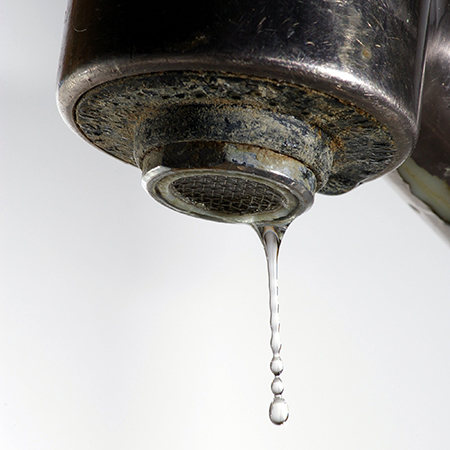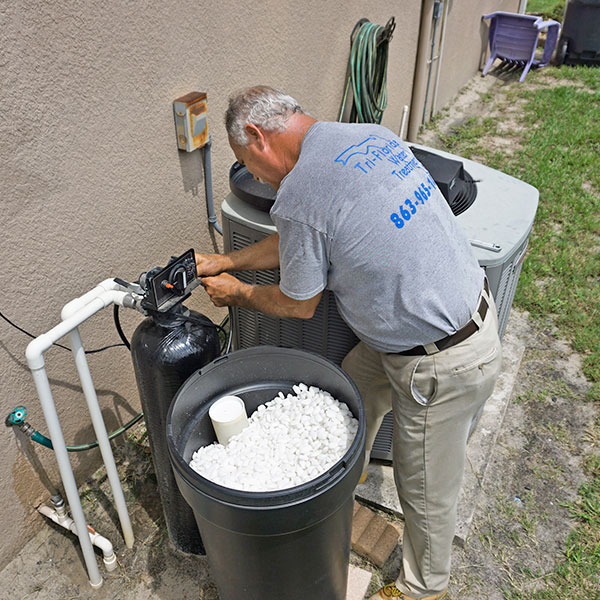Is Your Water Softener Tough Enough to Remove Iron from Well Water?
 Standard water softener often isn’t effective at eliminating iron in well water. High iron content is one of the biggest complaints that homeowners have about well water. Iron leaves ugly rust stains behind on clothing and around your drain. It can make your water taste gritty and metallic. It can also attract bacteria. Bacterial iron clumps together into a sludge that can clog your water softener system, dishwasher, and pipes. In many homes with well water, a basic water softener isn’t the solution to eliminate iron and prevent bacterial iron.
Standard water softener often isn’t effective at eliminating iron in well water. High iron content is one of the biggest complaints that homeowners have about well water. Iron leaves ugly rust stains behind on clothing and around your drain. It can make your water taste gritty and metallic. It can also attract bacteria. Bacterial iron clumps together into a sludge that can clog your water softener system, dishwasher, and pipes. In many homes with well water, a basic water softener isn’t the solution to eliminate iron and prevent bacterial iron.
Water Softener Versus Iron
A standard water softener is only capable of removing small amounts of iron. A standard water softener is designed to remove calcium and magnesium (the minerals most responsible for water hardness) from water. It typically accomplishes this through an ion exchange process. The ion exchange process can remove some iron from water but only about 1 parts per million (ppm). Iron above this concentration will slip through the water softener.
If your water softener isn’t effectively removing iron from your water, most likely your well water has an iron concentration above 1 ppm. This is very common in the U.S. Well water in the U.S. can have iron in concentrations above 10 ppm. Just 0.3 ppm of iron left in your water after it moves through the water softener will cause staining to your clothes and appliances.
How to Treat Water with Iron
The most effective solution to remove iron from your water is an iron filtration system. There are two types of iron: ferric iron (or insoluble, visible iron) and ferrous iron (or soluble, invisible iron). Iron filtration systems are designed to effectively remove both.
Well water usually contains a combination of ferric iron and ferrous iron. Ferric iron can be removed by a simple filter, or media, that captures the iron particles as the water passes through it. Ferrous iron must undergo oxidation to transform it into ferric iron so that it can be captured and removed.
Iron filtration systems typically have a chamber where ferrous iron is oxidized as the water passes through. After passing through this chamber, the water goes through a media that captures all of the ferric iron.
In some cases, iron can be removed by an advanced water softening system that’s designed to remove high concentrations of iron.
 How to Choose an Iron Treatment System
How to Choose an Iron Treatment System
There are no one-size-fits-all water treatment solutions for well water. The best water treatment solution for your home depends on your home’s water quality. The iron concentration, hardness, pH level, dissolved oxygen content, and even its temperature will all impact how it needs to be treated. All these factors vary from home to home and play a crucial role in determining what treatment will be most effective.
The first step to finding the best water treatment solution for your home is to have your water tested. Tri-Florida Water Treatment offers free home-analysis for residents in the Lakeland, Florida region. If you’re tired of rusty water stains and metallic tasting water, give us a call to set up an appointment!
